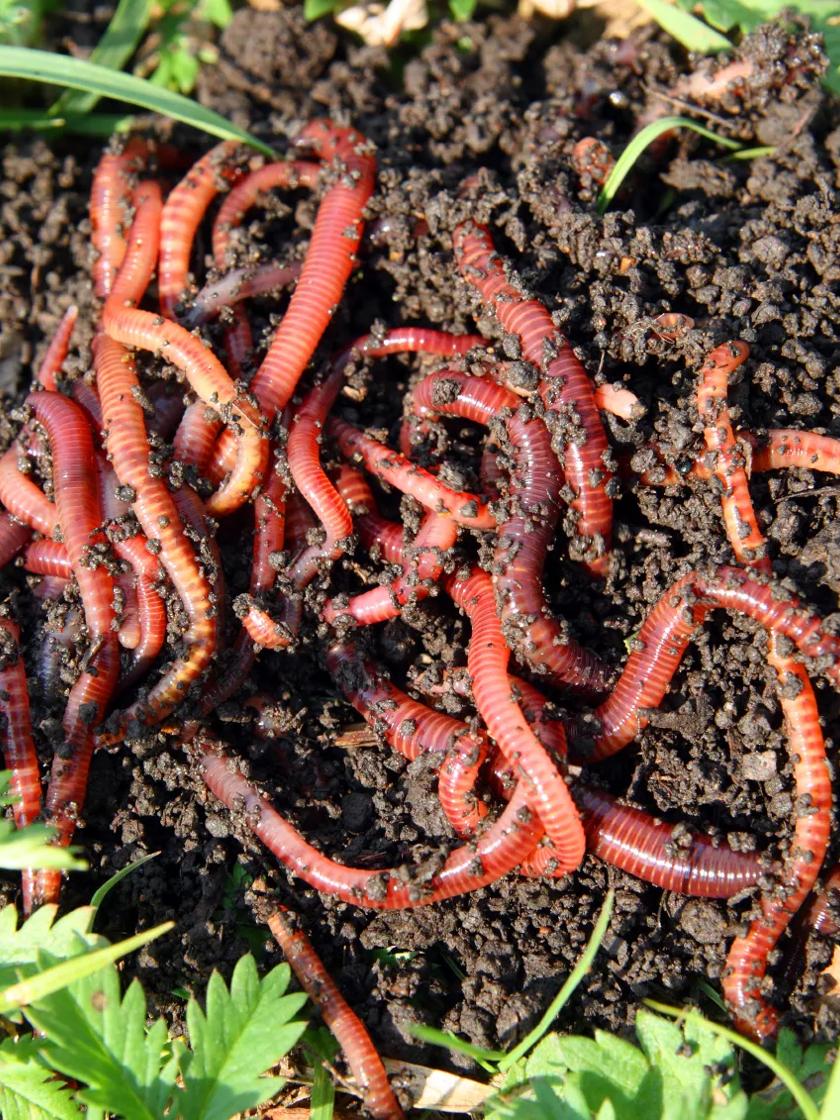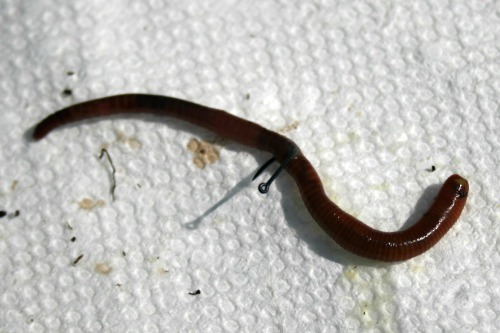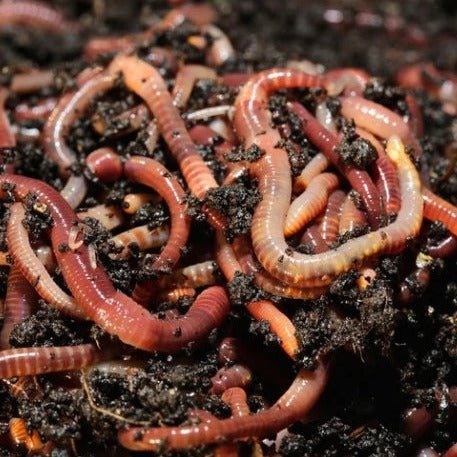Experience the Perks of Using Red Wiggler Express for Superior Lawn Care
Experience the Perks of Using Red Wiggler Express for Superior Lawn Care
Blog Article
Red Wigglers: The Unsung Heroes of Organic Waste Recycling
Red wigglers, or Eisenia fetida, offer as crucial representatives in the organic waste reusing procedure, changing thrown out materials into beneficial vermicompost. As the world progressively seeks remedies to fight waste accumulation and improve agricultural performance, understanding the role of these worms comes to be essential.
What Are Red Wigglers?
The exceptional resilience of red wigglers, scientifically referred to as Eisenia fetida, highlights their essential duty in natural waste recycling. These tiny, reddish-brown earthworms are generally located in disintegrating raw material, such as compost heap and manure loads. Lake Hickory Bait. Unlike various other earthworm types, red wigglers thrive in nutrient-rich settings and are very effective at damaging down organic products, making them crucial for vermicomposting

(Red Wiggler Express)In enhancement to their duty in waste reduction, red wigglers contribute to soil wellness by enhancing soil framework and oygenation via their delving tasks (Lake Hickory Bait). Their existence in composting systems not just enhances decomposition rates yet likewise promotes a lasting method to lose management, highlighting their importance in eco-friendly preservation initiatives
Advantages of Composting With Worms
Composting with worms, especially red wigglers, provides countless benefits that improve both waste monitoring and soil wellness. These worms effectively damage down natural waste, converting it into nutrient-rich vermicompost that improves soil. This procedure increases decomposition, enabling a quicker recycling of kitchen area scraps and various other organic materials contrasted to conventional composting methods.
Furthermore, the vermicompost produced by red wigglers is bristling with beneficial microorganisms, which aid improve soil structure, aeration, and wetness retention. This enhances the general health of plants, promoting vigorous growth and increased returns in yards and farming settings. Additionally, the use of worms in composting reduces the manufacturing of greenhouse gases, such as methane, adding to an extra lasting waste monitoring system.

How to Beginning Vermicomposting
Establishing a vermicomposting system is a simple procedure that can produce substantial Check This Out benefits for both waste management and soil enrichment. To begin, select an appropriate container, such as a plastic bin or wood box, with adequate air flow holes to make sure correct air movement. The measurements need to preferably be around 2 feet by 3 feet, allowing enough room for the worms to thrive.
Following, prepare bedding material, which can be composed of shredded newspaper, cardboard, or coconut coir. This bedding must be dampened to develop an appropriate habitat for the worms. Once the bedding remains in area, present red wigglers (Eisenia fetida) into the container, usually around one extra pound of worms for each square foot of area.
Following the positioning of worms, include natural waste, such as fruit and vegetable scraps, coffee premises, and smashed eggshells. Avoid adding milk, meat, or oils, as these can create odors and attract parasites. Ultimately, position the bin in a shaded, temperature-controlled area to keep optimum problems for worm activity. With these steps, you will effectively start a vermicomposting system that contributes to lasting waste monitoring and improves your soil.
Preserving a Healthy And Balanced Worm Container
(Lake Rhodhiss Bait)Keeping a worm bin prospering calls for normal focus and treatment to make sure the health of the red wigglers and the effectiveness of the composting procedure. Appropriate maintenance starts with checking the moisture degrees; the container ought to be damp yet not saturated. A good guideline is to maintain an uniformity comparable to a wrung-out sponge.
Aeration is essential. Delicately mixing the bed linen and food scraps every couple of weeks stops compaction and makes sure that all worms have access to oxygen. Furthermore, it is very important to feed the worms suitably. A balanced diet of fruit and veggie scraps, coffee premises, and smashed eggshells should be used in small amounts to avoid overfeeding, which can cause smells and bugs.
Temperature level guideline is an additional crucial aspect. Red wigglers flourish in a variety of 55 to 77 degrees Fahrenheit. If the bin ends up being too hot or cold, the worms may come to be worried - Lake Hickory Bait. Finally, occasionally inspect for indicators of health and wellness, such as worm population growth and the existence of healthy castings. By faithfully managing these variables, one can preserve a robust and effective worm bin.
Influence On Lasting Living
The effective maintenance of a worm bin not only profits the health and wellness of red wigglers however also adds significantly to sustainable living practices. By recycling organic waste, such as kitchen scraps and backyard particles, red wigglers assist draw away significant amounts of material from garbage dumps. This decrease in waste not just lowers greenhouse gas exhausts however also minimizes the ecological burden connected with waste management.
Moreover, the spreadings produced by red wigglers act as a nutrient-rich natural plant food, improving dirt health and promoting plant development. This natural alternative to chemical fertilizers sustains sustainable farming and gardening techniques, lowering dependence on artificial inputs that can damage environments. Furthermore, worm composting promotes understanding of waste management, encouraging individuals and neighborhoods to adopt more lasting habits.

Verdict
In recap, red wigglers work as essential factors to natural waste recycling through their reliable decay of organic materials. Their capacity to create nutrient-rich vermicompost improves dirt health and wellness and sustains sustainable agricultural methods. By incorporating vermicomposting into waste administration methods, individuals and communities can significantly lower waste while promoting ecological sustainability. The role of Eisenia fetida in cultivating healthy communities underscores the value of these microorganisms in attaining sustainable living and boosting soil fertility.
Report this page